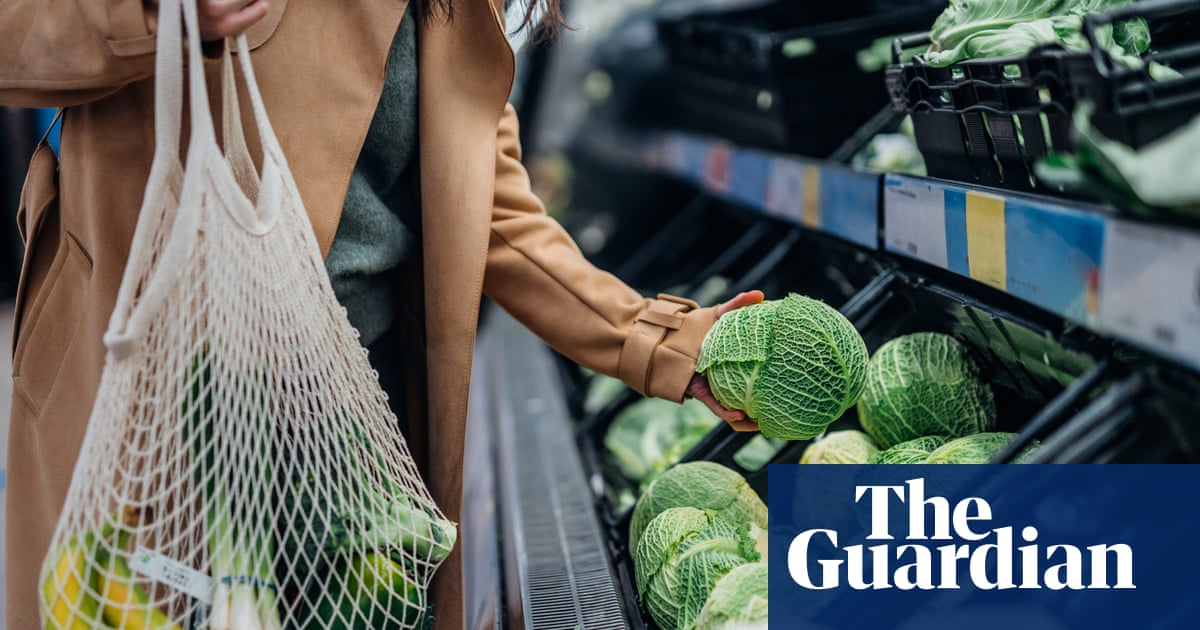In 2004, Donald Davis and fellow scientists at the University of Texas made an alarming discovery: 43 foods, mostly vegetables, showed a marked decrease in nutrients between the mid and late 20th century.
According to that research, the calcium in green beans dropped from 65 to 37mg. Vitamin A levels plummeted by almost half in asparagus. Broccoli stalks had less iron.
Nutrient loss has continued since that study. More recent research has documented the declining nutrient value in some staple crops due to rising atmospheric carbon dioxide (CO2) levels; a 2018 study that tested rice found that higher CO2 levels reduced its protein, iron and zinc content.
While the climate crisis has only accelerated concerns about crops’ nutritional value, prompting the emergence of a process called biofortification as a strategy to replenish lost nutrients or those that foods never had in the first place.



You’re right. Unripe foods are kept in warehouses that have had oxygen removed. When they’re ready to transport, they flood the warehouse with ethylene gas to ripen the foods. This results in fruits and vegetables that haven’t grown long enough to develop nutrients, but have been artificially ripened for the consumer. The oranges you buy today might have been in a warehouse for a year or two before it was transported to your grocery store